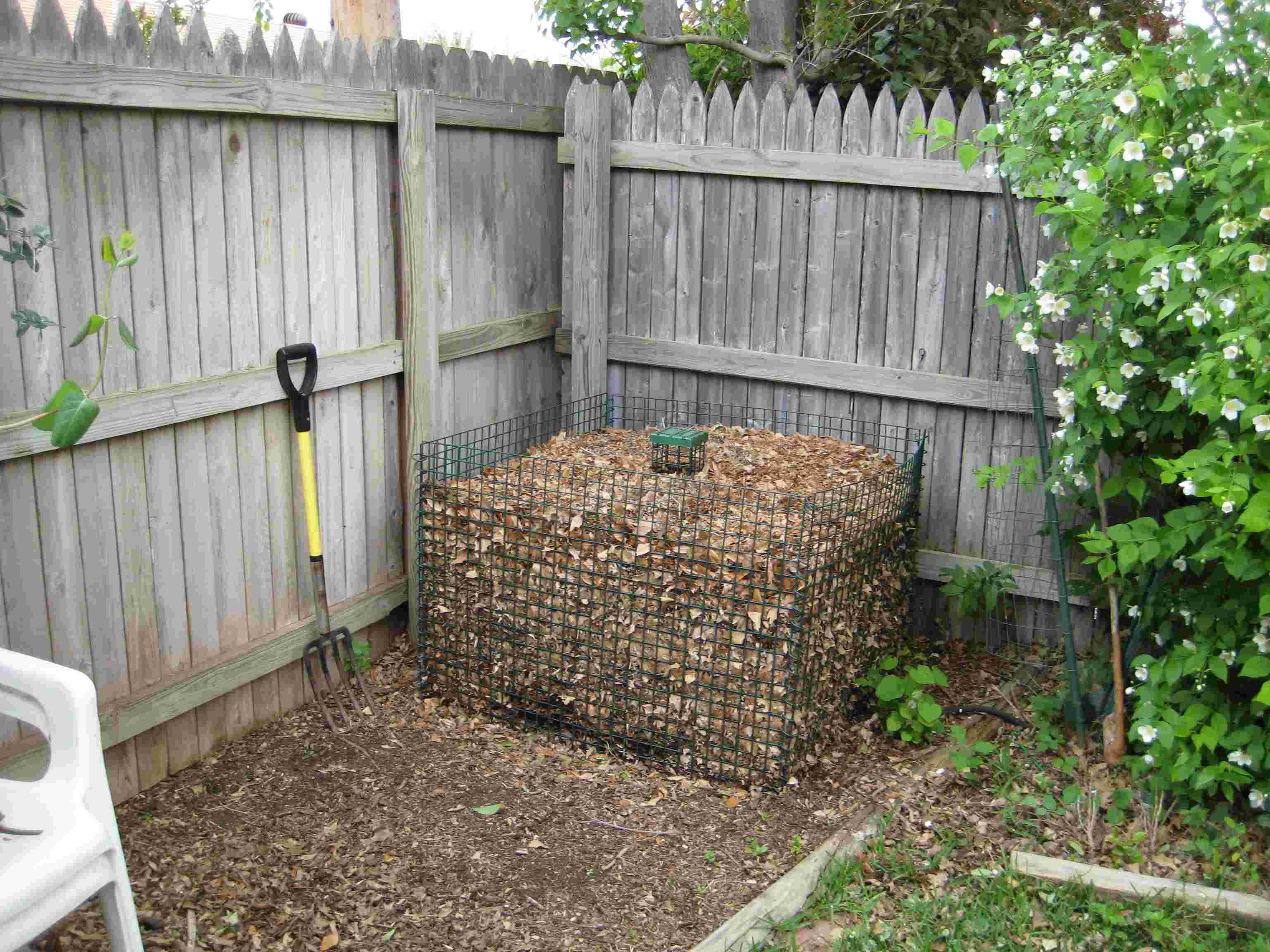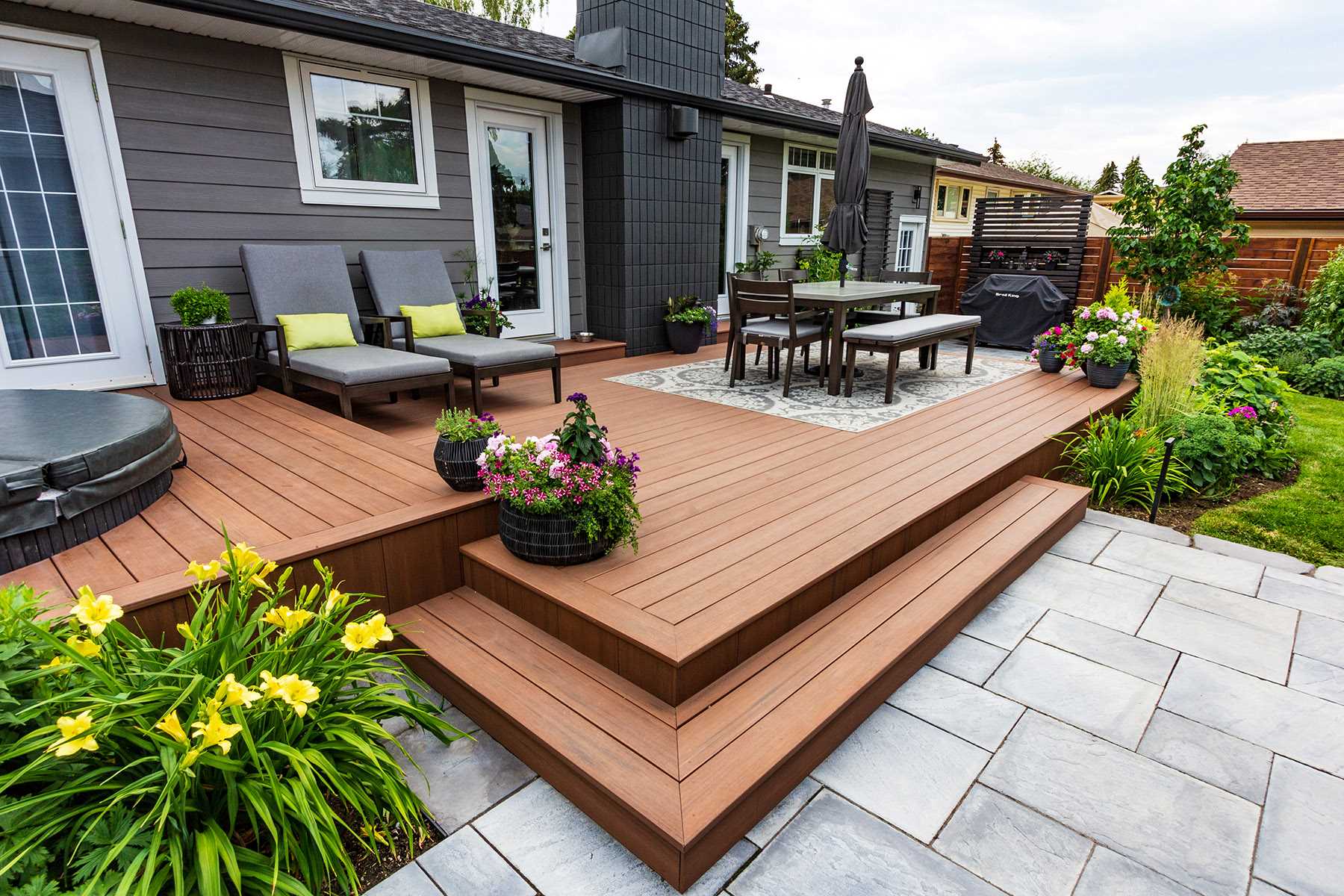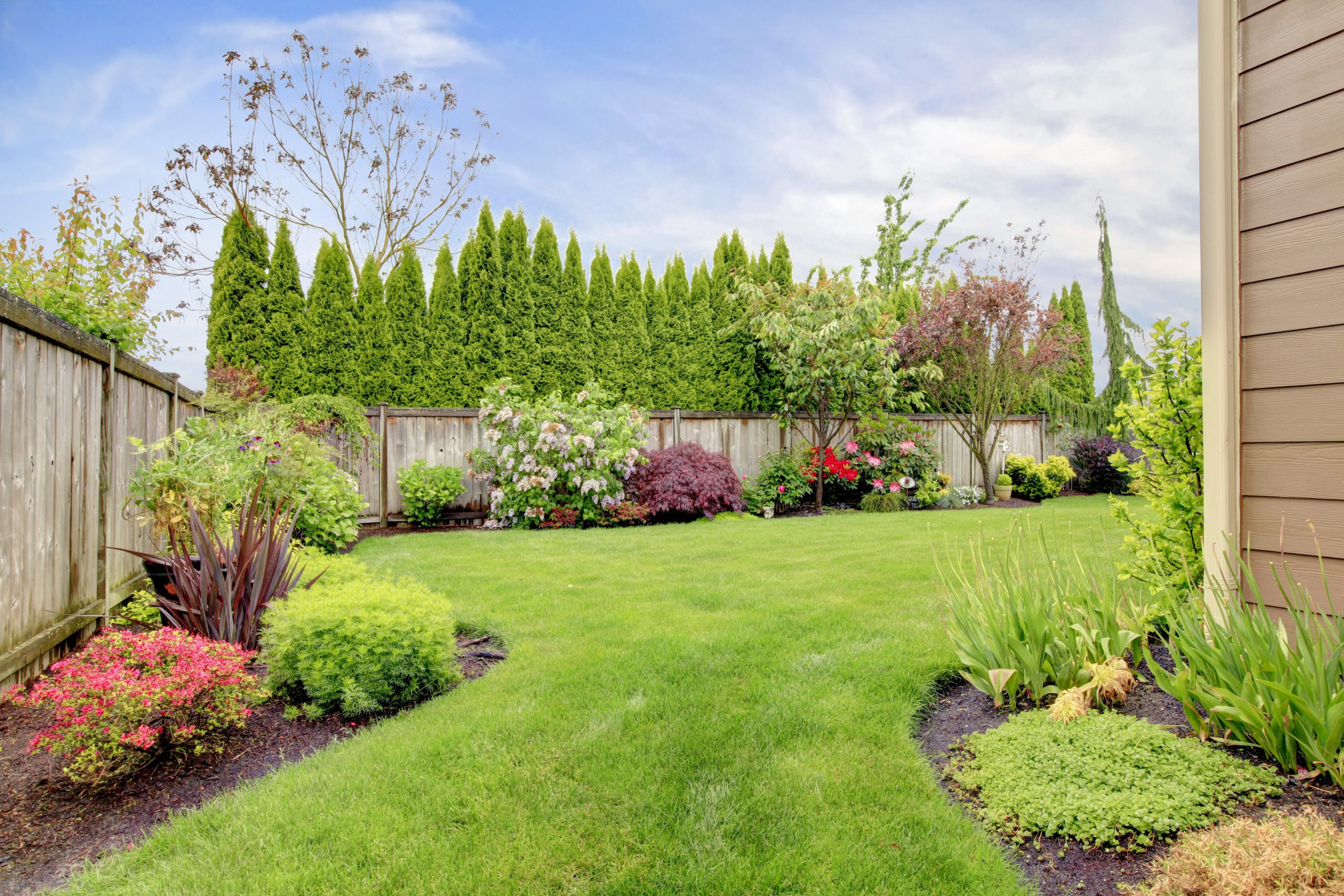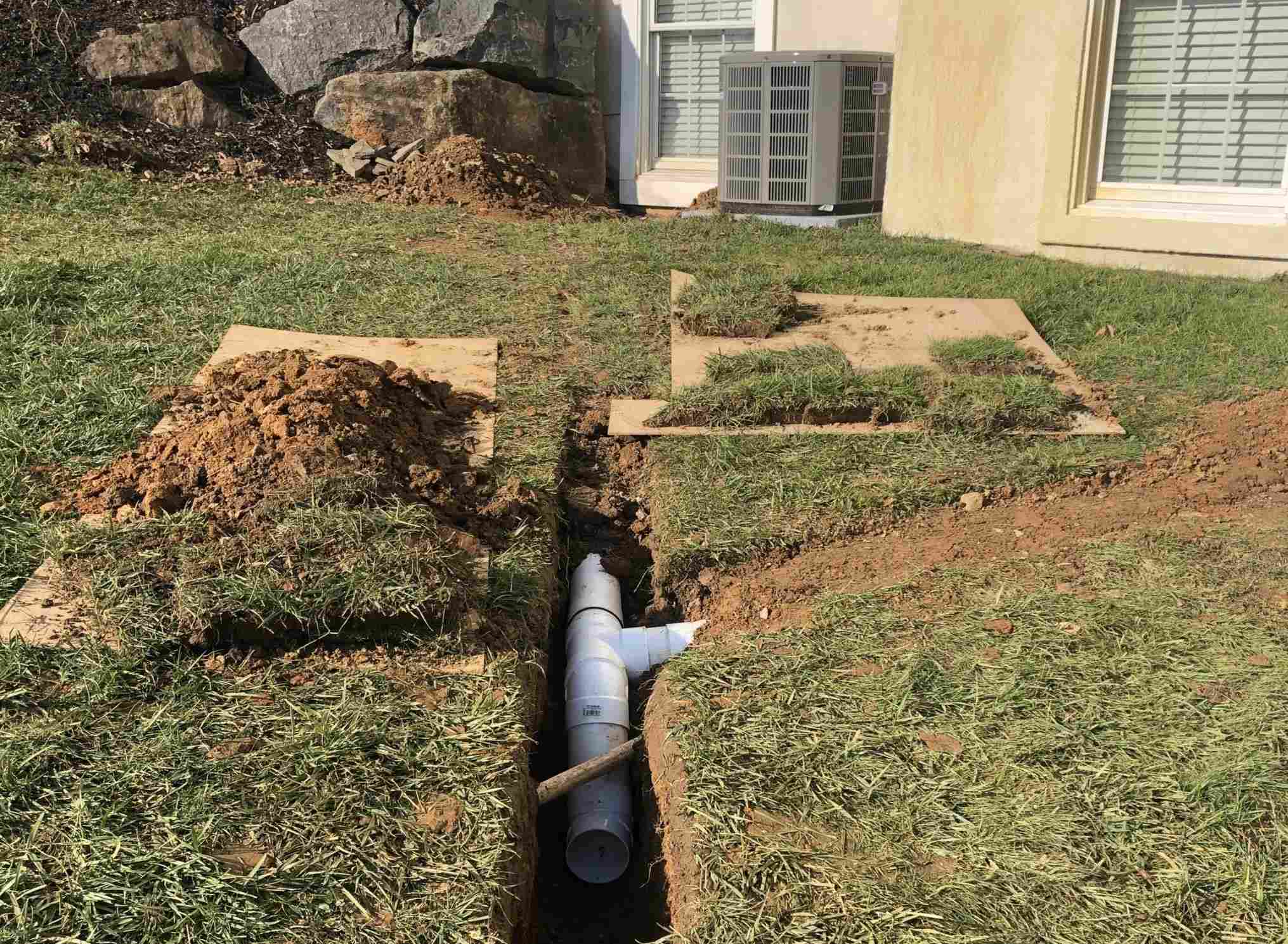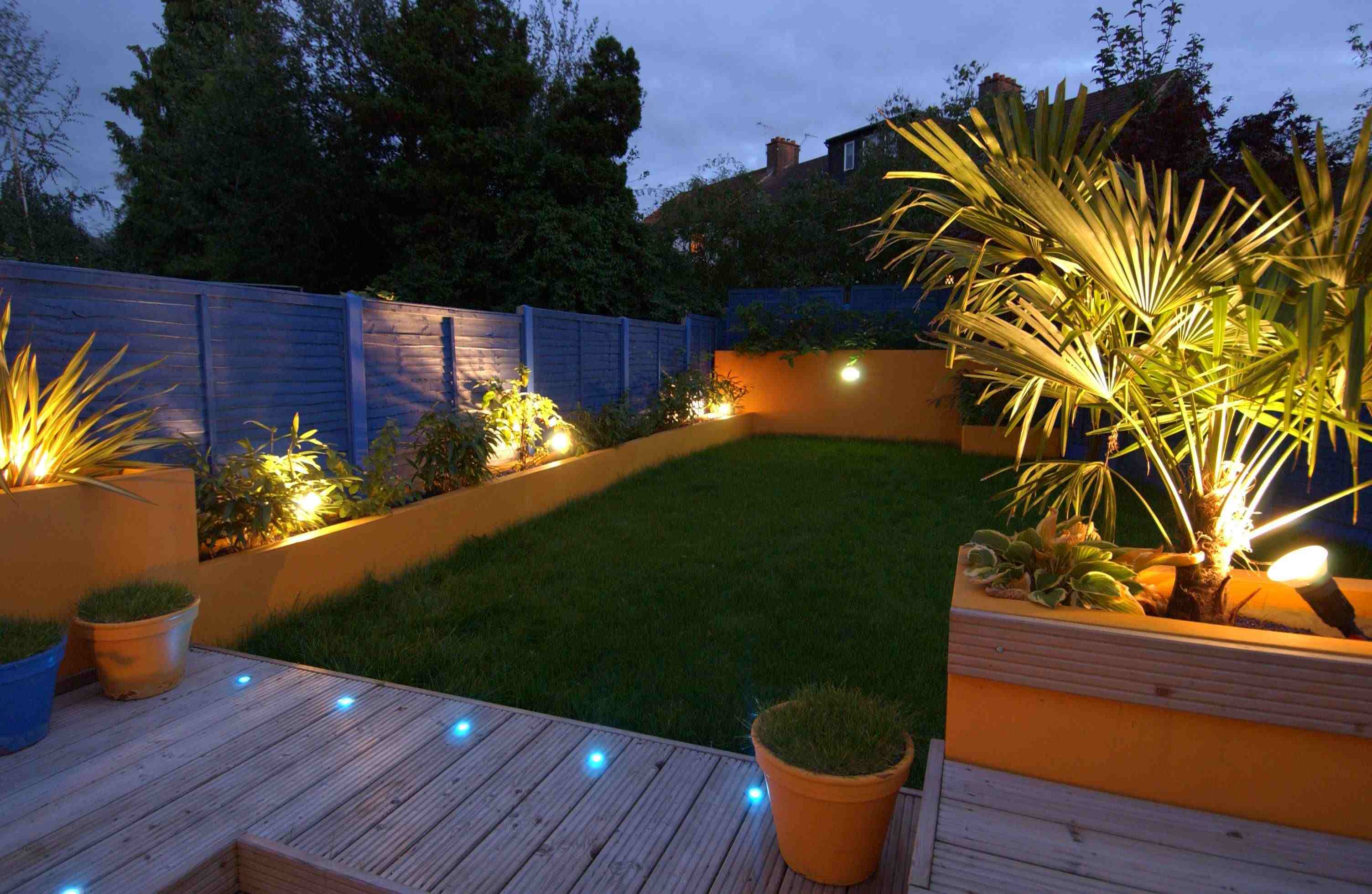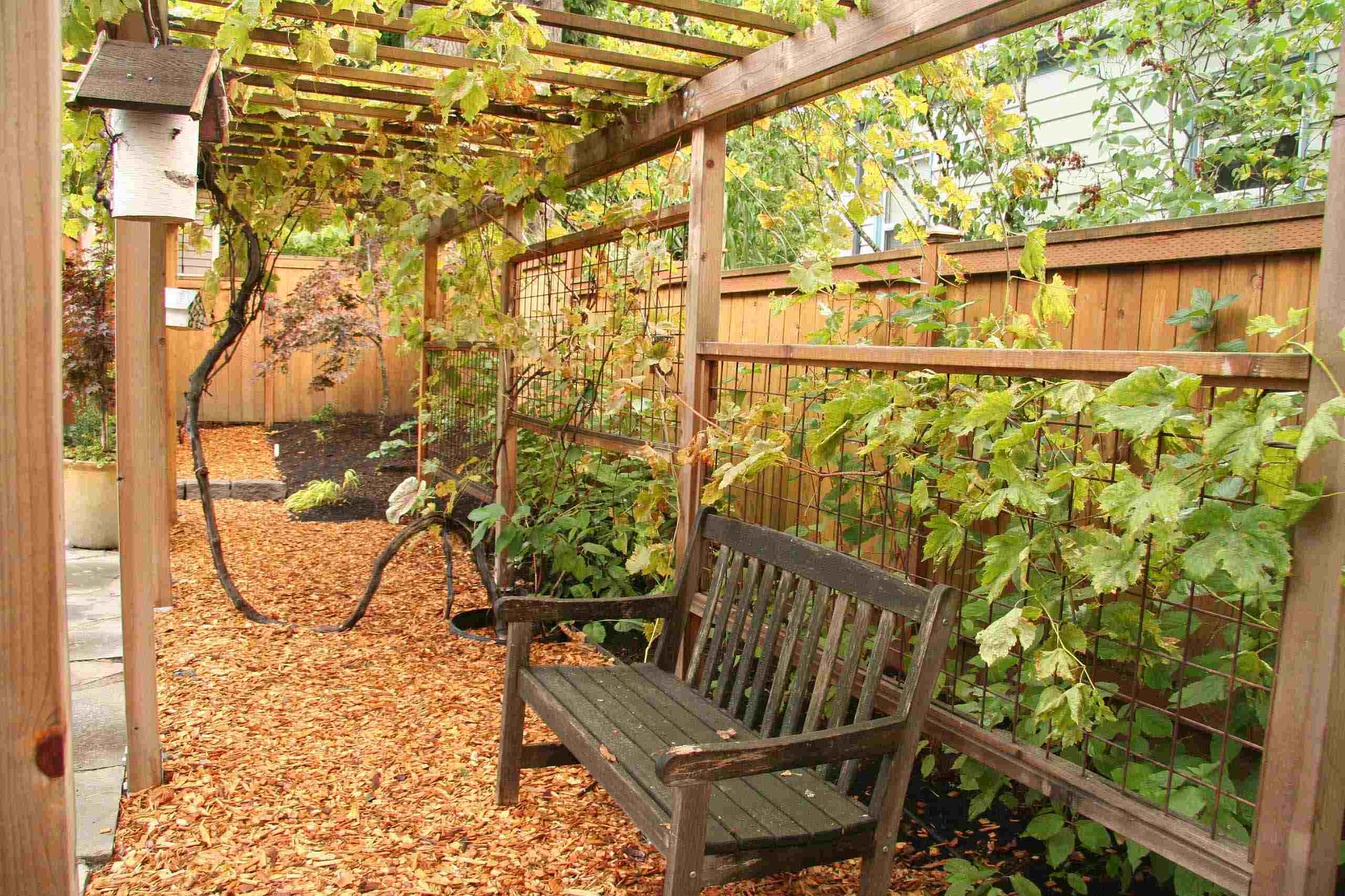Home>Gardening Techniques>DIY Projects>How To Lock Backyard Gate
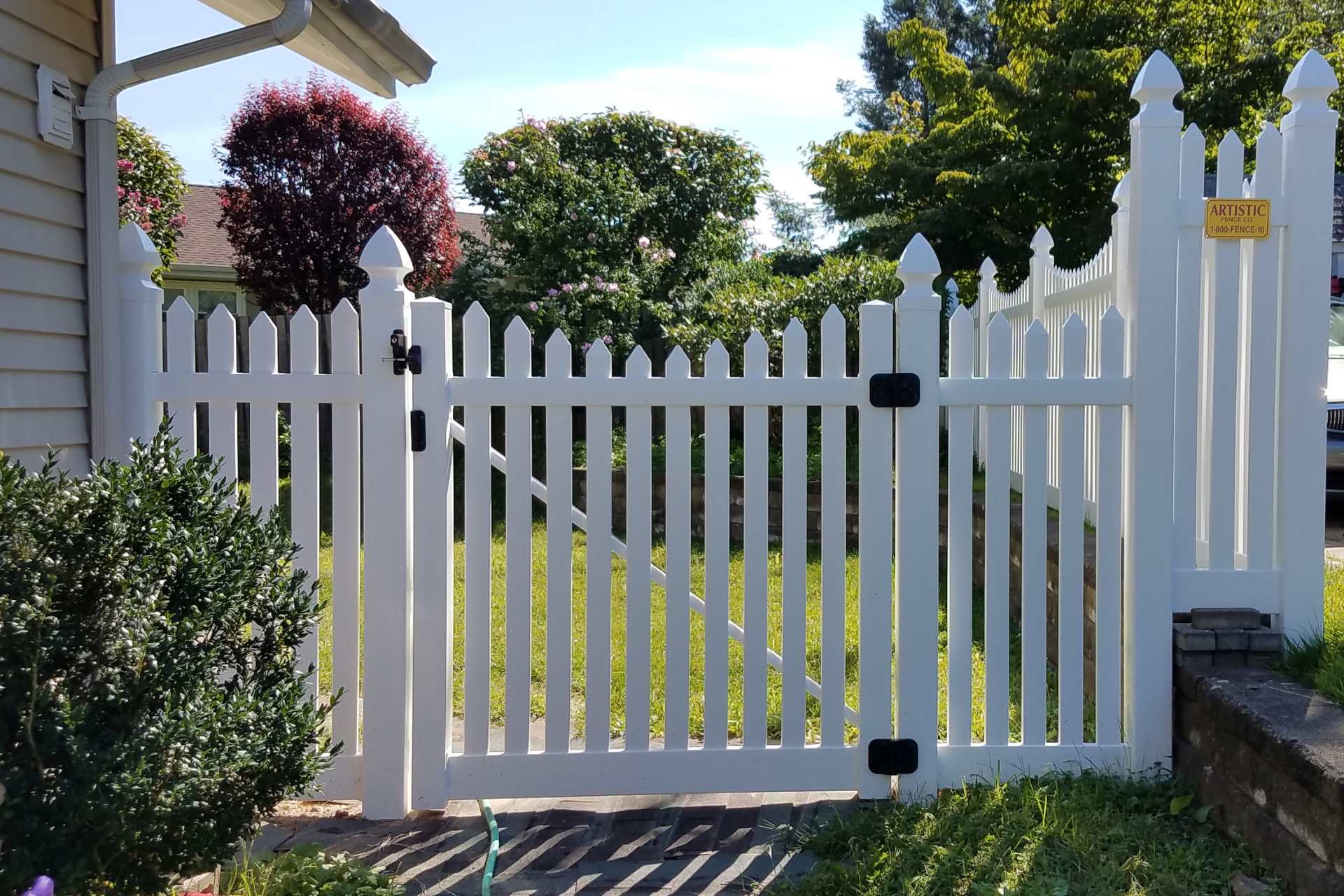

DIY Projects
How To Lock Backyard Gate
Published: August 5, 2023
Learn how to secure your backyard gate with these easy DIY projects. Protect your home and ensure the safety of your loved ones.
(Many of the links in this article redirect to a specific reviewed product. Your purchase of these products through affiliate links helps to generate commission for Chicagolandgardening.com, at no extra cost. Learn more)
Table of Contents
Introduction
Welcome to the world of DIY projects, where you can transform your ordinary backyard gate into a secure barrier with just a few simple steps. Whether you’re looking to keep your children and pets safe or protect your property from unwanted intruders, installing a reliable locking mechanism on your backyard gate is essential.
In this comprehensive guide, we will walk you through the process of assessing your backyard gate, choosing the right locking mechanism, installing it properly, and performing regular maintenance to ensure its longevity and effectiveness. By the end of this article, you’ll have the knowledge and confidence to lock your backyard gate with ease.
Before we dive into the specifics, it’s important to note that the safety and security of your backyard gate should be a top priority. Taking the time to evaluate your current gate and investing in a high-quality lock will bring you peace of mind and protect your loved ones and belongings.
So, are you ready to take your backyard gate security to the next level? Let’s get started!
Assessing Your Backyard Gate
Before you can choose the right locking mechanism for your backyard gate, it’s important to assess the current condition and structural integrity of your gate. This step will help you determine if any repairs or adjustments need to be made before installing the lock.
Start by examining the overall condition of your backyard gate, paying close attention to any signs of damage or wear. Look for loose hinges, broken slats, or rusted components. These issues can compromise the effectiveness of the lock and should be addressed before moving forward.
Next, evaluate the level of security offered by your gate. Is it sturdy enough to withstand forced entry attempts? Are there any gaps or spaces that could be exploited? Consider the materials used in the construction of the gate and its overall design. An ideal gate should be made of durable materials like metal or wood and have limited access points.
Assessing the design and layout of your backyard is also crucial in determining the right locking mechanism. If your gate is located in an area with heavy foot traffic, you may want to consider a lock that offers quick and convenient access. On the other hand, if privacy or heightened security is a concern, a lock with a key or combination entry system might be a better option.
Furthermore, take into account the weather conditions and climate in your area. If your gate is exposed to extreme weather conditions, consider opting for a lock that is resistant to rust, corrosion, and damage caused by the elements.
By thoroughly assessing your backyard gate, you can better understand its current state and make informed decisions regarding the type of locking mechanism that will best suit your needs. Remember, a sturdy and well-maintained gate is the first line of defense in securing your property.
Choosing the Right Locking Mechanism
Now that you have assessed your backyard gate, it’s time to choose the right locking mechanism. With a variety of options available on the market, selecting the one that best fits your needs can seem overwhelming. However, by considering a few key factors, you can make an informed decision.
First and foremost, consider the level of security you require. Are you looking for a basic lock just to keep your children or pets inside the backyard? Or do you need a high-security lock to protect your property from potential intruders? Understanding your specific security needs will help you narrow down your options.
Next, think about the convenience and ease of use. If you frequently use your backyard gate, a lock that offers quick access, such as a keypad or fingerprint lock, may be a suitable choice. On the other hand, if you prefer traditional locks, a key or combination lock might be more appropriate.
In addition to security and convenience, consider the durability and weather resistance of the locking mechanism. Look for locks made with high-quality materials that can withstand harsh weather conditions and prevent corrosion or rusting over time.
Budget is also an important factor to consider. Determine how much you are willing to spend on a locking mechanism and explore options within your price range. Keep in mind that while cost-effective options exist, investing in a reliable and durable lock is essential for long-term security.
Lastly, research and read reviews about different locking mechanisms. Reliable customer testimonials and expert opinions can provide valuable insights into the performance and reliability of various locks. Pay attention to ratings and feedback on factors such as installation process, durability, and overall satisfaction.
By carefully considering your security needs, convenience, durability, budget, and researching different options, you can confidently choose the right locking mechanism that will effectively secure your backyard gate.
Installing the Locking Mechanism
Once you have chosen the right locking mechanism for your backyard gate, it’s time to install it. While the specific installation process may vary depending on the type of lock you have selected, here are some general steps to guide you:
- Read the instructions: Before you begin the installation, thoroughly read the manufacturer’s instructions that come with your locking mechanism. Familiarize yourself with the necessary tools and materials, as well as any specific steps or precautions.
- Prepare the gate: Ensure that your backyard gate is clean and free from debris. Remove any existing locks or hardware that might interfere with the installation process.
- Measure and mark: Determine the exact location where you want to install the lock. Use a measuring tape and a pencil to mark the spot accurately. Take into consideration the height and accessibility of the lock for convenience and security.
- Drill holes: Follow the manufacturer’s instructions to drill any necessary holes for the lock. Use the appropriate drill bit size and ensure that the holes are aligned correctly.
- Install the lock: Depending on the type of lock, you may need to insert screws or bolts into the drilled holes. Follow the provided instructions to securely attach the lock to your backyard gate. Use a screwdriver or wrench to tighten the screws or bolts as needed.
- Test the lock: After installation, thoroughly test the lock to ensure it is functioning correctly. Open and close the gate multiple times, lock and unlock it, and verify that the mechanism operates smoothly, without any glitches or jams.
If you encounter any difficulties during the installation process, don’t hesitate to consult the manufacturer’s instructions or seek assistance from a professional. Proper installation is crucial for the optimal performance and security of your backyard gate lock.
Testing the Lock
After installing the locking mechanism on your backyard gate, it’s important to thoroughly test it to ensure that it is functioning properly and providing the security you desire. Testing the lock will give you peace of mind and allow you to make any necessary adjustments before relying on it for everyday use.
Start by testing the key or combination entry, if applicable. Insert the key or input the correct combination and verify that the lock smoothly opens and closes without any resistance or difficulty. Make sure that the key or combination functions as intended, and that the lock securely engages and disengages.
If your lock has electronic components, such as a keypad or fingerprint scanner, test the operation of these features. Enter the correct code or place your finger on the scanner to verify that the lock promptly responds and grants access. Ensure that the electronic components are accurate and reliable.
Next, test the lock’s resistance to tampering or forced entry. Apply pressure to the gate from different directions to determine if the lock and its mounting hardware hold up against potential attacks. Pay attention to any signs of weakness or vulnerabilities.
Check the lock’s compatibility with your gate. Open and close the gate multiple times, testing the lock’s ability to securely latch and unlock without any hitches. Make sure that the locking mechanism aligns properly with the gate’s strike plate or catch, providing a tight and secure fit.
Finally, evaluate the overall durability and longevity of the lock. Consider its resistance to weather conditions, such as rain, heat, and humidity. Ensure that the materials used in the lock are sturdy and corrosion-resistant to withstand outdoor exposure.
By thoroughly testing the lock, you can identify any potential issues or weaknesses and address them promptly. Regular testing and maintenance will ensure that your backyard gate remains secure and functional over time.
Maintaining Your Backyard Gate Lock
Proper maintenance is essential to keep your backyard gate lock in optimal condition and ensure its long-term functionality and security. By following a few simple maintenance tasks, you can prolong the life of your lock and prevent potential issues from arising.
Regularly inspect your lock for any signs of wear, damage, or rust. Check the key or combination entry for smooth operation, ensuring that there are no sticking or jamming issues. If you notice any problems, such as loose screws or compromised components, tighten or replace them immediately.
Keep the lock and its surrounding area clean and free from dirt, debris, and insects. Use a mild cleaning solution and a soft cloth to wipe down the lock regularly. Avoid harsh chemicals or abrasive materials that could damage the finish or functionality of the lock.
Apply a lubricant, such as graphite powder or silicone spray, to the keyhole or moving parts of the lock. This will help prevent friction and ensure smooth operation. Be cautious not to overuse the lubricant, as excessive buildup can attract dirt and cause the lock to malfunction.
Regularly test the lock’s functionality by opening and closing the gate, as well as engaging and disengaging the lock. This will help you identify any potential issues, such as misalignment or sticking mechanisms, and take corrective action promptly.
Ensure that the lock’s mounting hardware, such as screws and bolts, are securely fastened. Tighten them as needed to maintain the stability of the lock on your backyard gate. Periodically check the condition of the gate itself, repairing any damage or misalignment that could affect the lock’s performance.
Consider the changing seasons and weather conditions in your area. Extreme temperatures, humidity, and exposure to sunlight can impact the durability and functionality of your lock. Take proactive measures such as using weather-resistant seals or covers to protect the lock and extend its lifespan.
Lastly, stay updated on any product recalls, safety alerts, or manufacturer recommendations related to your specific lock model. Regularly check the manufacturer’s website or subscribe to their newsletter for any important updates or maintenance guidelines.
By incorporating these simple maintenance tasks into your routine, you can ensure that your backyard gate lock remains in top condition, providing the security and peace of mind you desire.
Conclusion
Securing your backyard gate is essential for the safety and protection of your loved ones and your property. By assessing your gate, choosing the right locking mechanism, properly installing it, and maintaining it regularly, you can ensure the security and functionality of your backyard gate lock.
Start by evaluating your gate’s condition, structure, and security needs. Consider factors like convenience, weather resistance, and budget when choosing a locking mechanism. Follow the manufacturer’s instructions to install the lock securely on your gate, and thoroughly test its functionality before relying on it for everyday use.
Maintaining your backyard gate lock is equally important. Regular inspections, cleaning, lubrication, and testing will help identify and address any issues promptly. Stay vigilant to changes in the lock’s performance and take corrective action as needed to ensure its longevity.
Remember, a secure backyard gate offers peace of mind, knowing that your loved ones and belongings are protected from potential intruders. By investing time and effort into choosing the right locking mechanism and maintaining it properly, you can enjoy a secure and functional backyard gate for years to come.
So, don’t wait any longer. Take action to lock your backyard gate and enhance the security of your outdoor space. With the knowledge and guidance provided in this guide, you have the tools to transform your ordinary gate into a secure haven. Get started now and enjoy the benefits of a locked and protected backyard.
